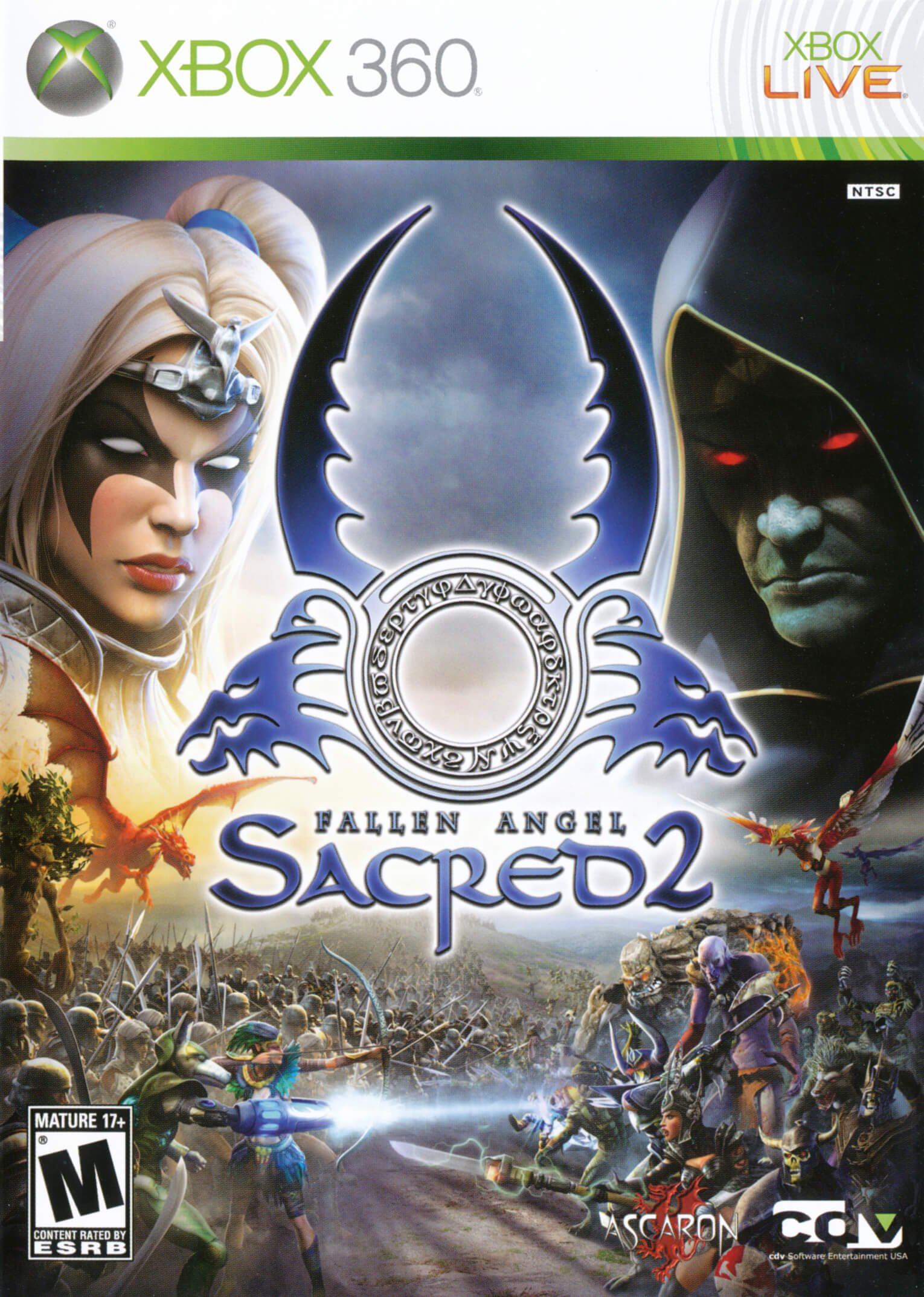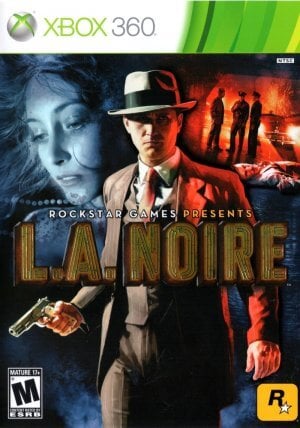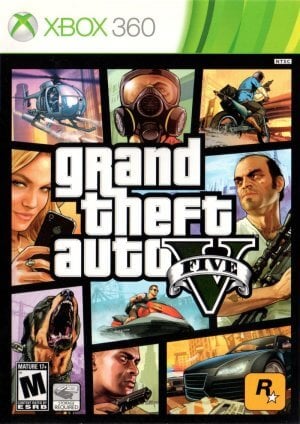Despite being the sequel to Sacred, Sacred 2: Fallen Angel takes place 2,000 years before Shaddar summoned the Sakkara-Demon. Set in Ancaria, on the verge of another war, the player’s mission is to stop it. However, whether the Light or the Chaos will triumph is entirely up to the player.
All because of divine energy is known as T-Energy. Once guarded by the Seraphim and managed by the High Elves, its exploitation was hotly discussed even among the High Elves as resistance grew. Finally, what had been predicted occurred: a massive conflict began. Dragonkin, Temple Wardens, Humans, and Orcs fought with the High Elves, but their power was already overwhelming. They retained possession of the T-Energy even after Ancaria was destroyed. Even the remaining High Elves eventually left their old home to build a new kingdom entirely based on the powers of the T-Energy. In that new home, tensions between the high nobles and the clergy rose.
Meanwhile, the relentless exploitation of T-Energy continues to pollute entire zones, and the once-divine power has transformed every living thing in these areas into hideous monster mutations that kill everything in their path.
At the start of the game, the player gets a choice of six characters, with only the Seraphim, a solid all-around character from the first game, remaining. The other five classes are all-new, such as the Dryads, masters of long-range battle and nature magic, or the Inquisitor, the polar opposite of the Seraphim in every way. Some of the class options influence the two campaigns and which of the six accessible gods the player can select. The Seraphim can only walk the path of Light, whereas the Inquisitor is doomed to walk the road of Chaos and has no access to the gods of Light, nature, or philosophy.
While the gods’ choices affect how the campaign and main goal finally play out, each god grants the player access to a potent spell. For example, the deity Testa charges the hero with T-Energy and lets the hero fire energy balls that heal allied units and destroy opponents. However, because these spells are so powerful, they have a lengthy cooling down period and should only be utilized as a last choice or against potent adversaries.
Once a character is formed, the game plays like the original: the player accepts missions and kills creatures for experience points, loots to earn levels, and becomes more powerful. The player is given a skill point at each class, which they can spend in one of four different areas, such as defensive skills or class-exclusive martial arts talents. The user can select up to ten skills from the 27 available and level them up. In addition, the player will come across runes while traveling.
These runes give and level the characters’ abilities. Once a spell or ability has been learned from a rune, learning it again raises the relevant period or power level to the same level as the current character. If the player finds runes for other symbols or wishes to specialize specific talents, they can go to a runemaster and exchange up to four runes and a considerable sum of cash for a rune of the desired talent. Combining the skills into strong combinations that specify which spells or attacks should be utilized in what order is also possible. The longer the cooling down period for the combo, the more robust the incorporated skills are.
The game also includes an extensive multiplayer option that lets users play on PvE or PvP servers or in a local network (just one game copy necessary for two players), an open network (allows single-player characters to be used), or a closed network akin to Battle.Net.









